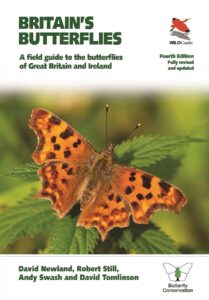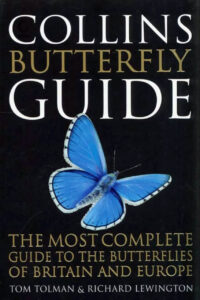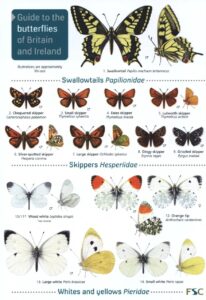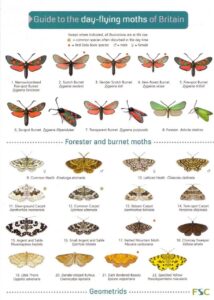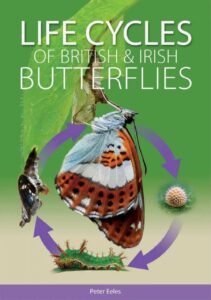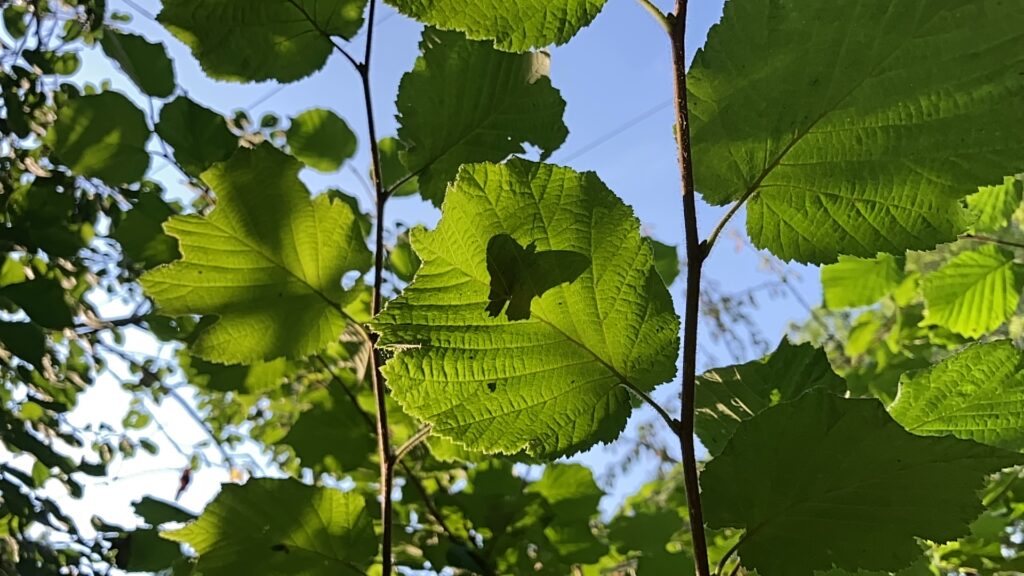
Butterfly Conservation opened the Big Butterfly Count between 15th July and 7th August this year. This annual initiative sees citizen scientists taking to their gardens, local parks and verges, or heading out into the countryside to spend fifteen minutes counting the butterflies and moths in their chosen patch.
At the time of writing (15th August) the results on the 2022 Big Butterfly Count page state an accumulation of just shy of 95,000 counts recorded by approximately 63,400 participants. Most counts were submitted from the UK but there was a scattering of submissions from elsewhere in the world. It’s a lower participation count than last year, but there’s still time to submit any counts you took between 15th July and 7th August at: https://bigbutterflycount.butterfly-conservation.org/map
The results from the 2021 Big Butterfly Count suggested a continued decline of the overall number of butterflies across the UK and prompted some sobering thoughts on the diminishing appearances of these beautiful, remarkable and vital members of our ecosystem. “76% of butterflies have declined in abundance in distribution since 1976” heads one article on the Butterfly Conservation website, then goes on to state that “We may be the last generation to enjoy butterflies and moths in abundance.”
Some interesting results from the 2021 Big Butterfly Count were increases in the recorded numbers of some species such as Meadow Brown (Maniola jurtina) (33%), Ringlet (Aphantopus hyperantus) (81%) and Six-spot Burnet (Zygaena filipendulae) (42%) and a whopping increase of 213% from 2020 for the Marbled White (Melanargia galathea)!
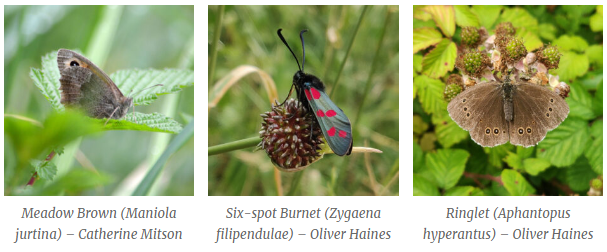
It’s hard to imagine that 2022 has been more favourable for the UK’s Lepidoptera. A prolonged winter of record-breaking storms that rattled the country was followed by low temperatures through spring that gave way in a burst to record-breaking heat, parching the soil for weeks on end and plunging us into drought and sporadic wildfires by the time the Big Butterfly Count came around.
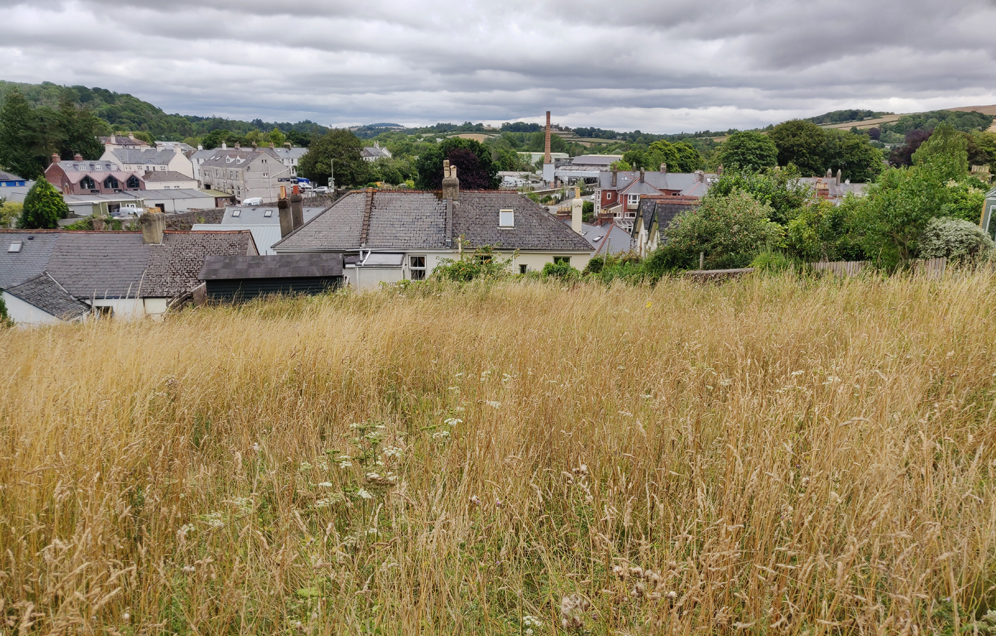
For one of my counts I took a lunch break trip to a local parkland meadow under a heavy humid sky where the grasses, thistles and cow parsley flowers have been allowed to grow all summer long. Allotments run along one field edge and private gardens with a variety of growing styles along the other. In my allocated 15 minute count a single Large White (Pieris brassicae) slipped past in a hurry, over the wall and away.
A second count along a hedge by the local river bank was a little more fruitful, sporting three Gatekeepers (Pryonia tithonus), one Meadow Brown (Maniola jurtina) and five Ringlets (Aphantopus hyperantus) all skipping along the spent bramble flowers and sunning themselves on the leaves.
Results

Elsewhere within the NHBS team, counts were taken by Hana, Catherine and Sabine who spotted the following species in their chosen locations:
Hana:
1 x Speckled Wood (Pararge aegeria)
1 x Red Admiral (Vanessa atalanta)
1 x Jersey Tiger Moth (Euplagia quadripunctaria)
Catherine:
7 x Large White (Pieris brassicae)
3 x Speckled Wood (Pararge aegeria)
2 x Red Admiral (Vanessa atalanta)
2 x Gatekeeper (Pryonia tithonus)
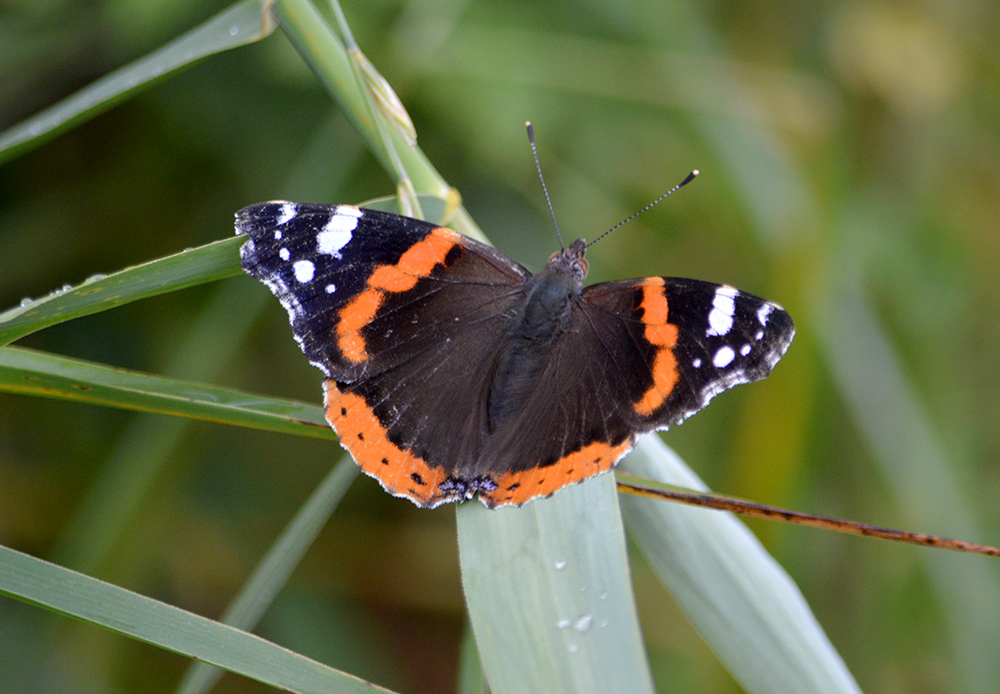
Sabine:
1 x Holly Blue (Celastrina argiolus)
1 x Comma (Polygonia c-album)
2 x Small White (Pieris rapae)
2 x Small Copper (Lycaena phlaeas)
1 x Red Admiral (Vanessa atalanta)
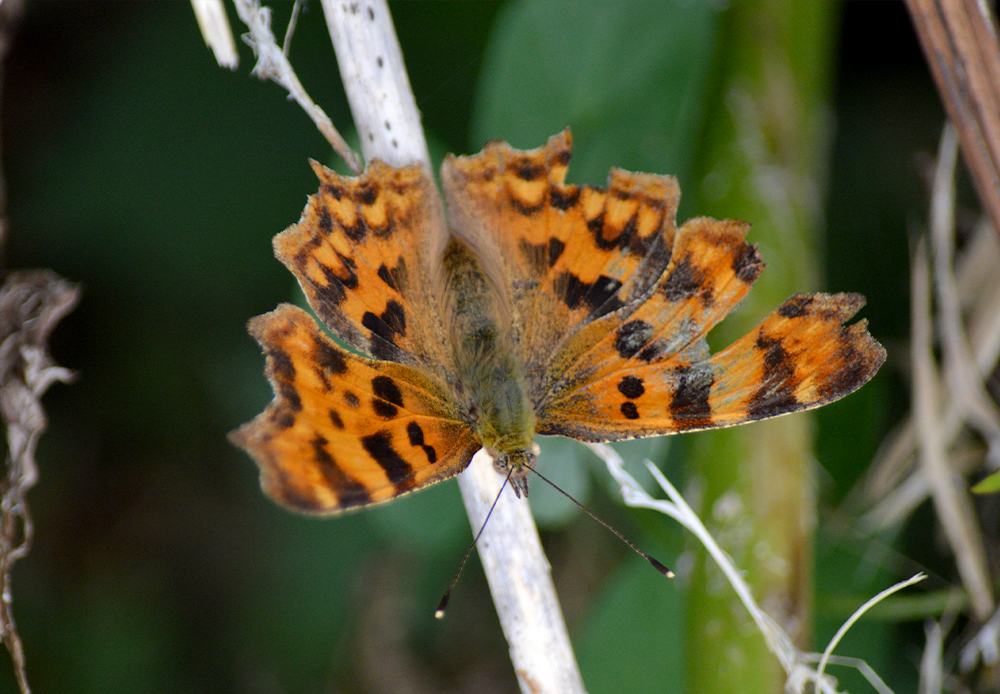
Butterfly Conservation
There’s some interesting reading on the Butterfly Conservation website on their strategy to save and support the UK’s butterfly and moth populations here and a useful guide to ways that you can directly get involved and help out here.
The current top 5 Butterflies recorded in the 2022 Big Butterfly Count are as follows:
- Large White (Pieris brassicae)
- Gatekeeper (Pryonia tithonus)
- Small White (Pieris rapae)
- Meadow Brown (Maniola jurtina)
- Red Admiral (Vanessa atalanta)
Useful resources
NHBS sells a wide variety of helpful guides to assist in butterfly identification all around the world – some great ones to get you started in the UK include:
Britain’s Butterflies: A Field Guide to the Butterflies of Great Britain and Ireland
Flexibound | 2020
£12.50 £17.99
 Pocket Guide to the Butterflies of Great Britain and Ireland
Pocket Guide to the Butterflies of Great Britain and Ireland
Paperback | 2019
£8.99 £11.99
Collins Butterfly Guide: The Most Complete Field Guide to the Butterflies of Britain and Europe
Paperback | 2009
£13.99 £18.99
Guide to the Butterflies of Britain and Ireland
Unbound | 2019
£3.99
Guide to the Day-Flying Moths of Britain
Unbound | 2006
£3.75
Life Cycles of British & Irish Butterflies
Hardback | 2019
£34.99

